 I’m thrilled to announce a pre-release special for my two newest books!
I’m thrilled to announce a pre-release special for my two newest books!
On Amazon, both of these books together currently cost $16.13. But as an initial direct-buy special, if you buy them BOTH directly from me via PayPal, you’ll pay only $9 plus shipping. I’ll list the shipping rates at the bottom of this post to help you decide.
(Or buy Ezra’s Aliyah alone for Kindle – only $4.99!)
But wait! Don’t you want to know more about these books before you decide?
I’m super-proud of both of these – they have both been a while in the making. They’re very different books, one about a serious topic and the other a pure flight of fantasy.
Ezra’s Aliyah
The first book is Ezra’s Aliyah, about a young boy whose family is moving to Israel. He’s not thrilled about the idea, but over time, he begins to get excited about the move. With full-colour original illustrations, the book addresses many common concerns and includes a glossary. (If ebooks are more your thing, buy the Kindle edition here!)
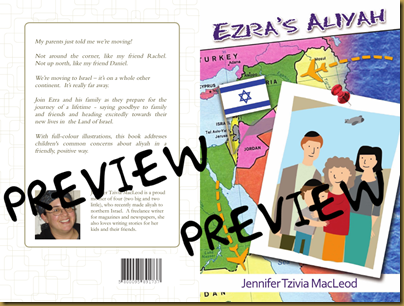
Zoom: A trip to the Moon
The second is Zoom: A Trip to the Moon, in which a young boy takes a trip of pure fantasy, hopping in his space ship for a pre-Shabbat journey to the moon and back. Using actual photos from space along with charming original illustrations, the book also includes quotations and facts about the moon and space from traditional Jewish sources.
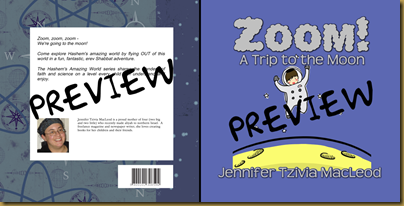
Because Amazon’s Look Inside feature isn’t yet enabled, I’m giving you a chance here to peek at several sample pages from each book.
Up close and personal…
(Click on any image to see a full-sized spread.)
… Ezra’s Aliyah



… Zoom: A Trip to the Moon




Cost + Shipping Rates
Again, on Amazon at the moment, both of these books together currently cost $16.13. If you buy them BOTH directly from me via PayPal, you’ll pay only $9 plus shipping.
(Buy Ezra’s Aliyah alone for Kindle – only $4.99!)
Here are those shipping rates, along with a PayPal button to make your choice super-easy:
- US Standard $4.18 (5 business days)
- Canada Standard $8.99 (9 business days)
- Israel Standard $11.77 (33 business days)
Please ensure that you submit your full, correct address with your PayPal payment. I’ll send you a confirmation once your books are on their way!
If you’re anywhere else, please leave a comment asking for the rate to your area!
And to see a complete list of my kids’ books, click here.
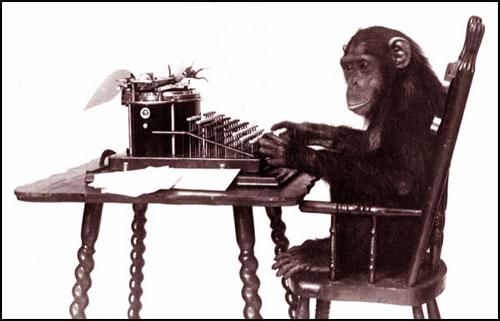 Five questions: that’s all it takes to figure out if you’re cut out for writing kids’ books. Yes? No? Maybe so?
Five questions: that’s all it takes to figure out if you’re cut out for writing kids’ books. Yes? No? Maybe so?  3. Does your kid love to draw so much
3. Does your kid love to draw so much 


 Why not, indeed???
Why not, indeed??? Does anybody really fund these things, anyway? Or just click Like and pass them around? I suppose somebody must, but some of the projects are just sheer dumbness, like this group who’s put together
Does anybody really fund these things, anyway? Or just click Like and pass them around? I suppose somebody must, but some of the projects are just sheer dumbness, like this group who’s put together 


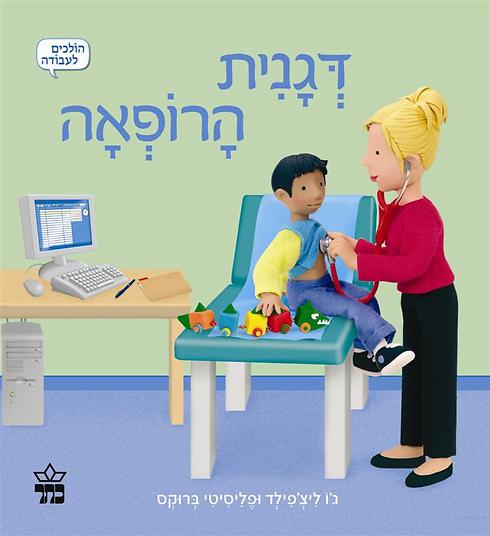 Beyond the appealing 3D Fimo-model illustrations, I bought it because the Hebrew wasn’t overwhelming and because it wasn’t a “baby book,” introducing solid medical ideas and images in a simple format even my kids could understand.
Beyond the appealing 3D Fimo-model illustrations, I bought it because the Hebrew wasn’t overwhelming and because it wasn’t a “baby book,” introducing solid medical ideas and images in a simple format even my kids could understand. Then, it clicked: a wonderful library book
Then, it clicked: a wonderful library book 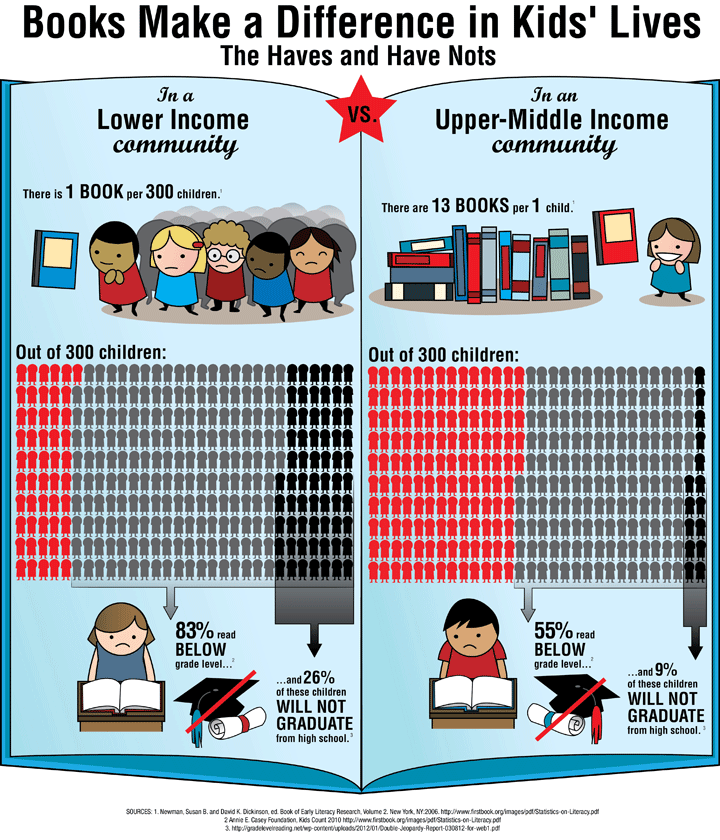













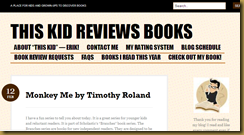

 Since then, she’s written or co-written more than 10 books, including the
Since then, she’s written or co-written more than 10 books, including the 







